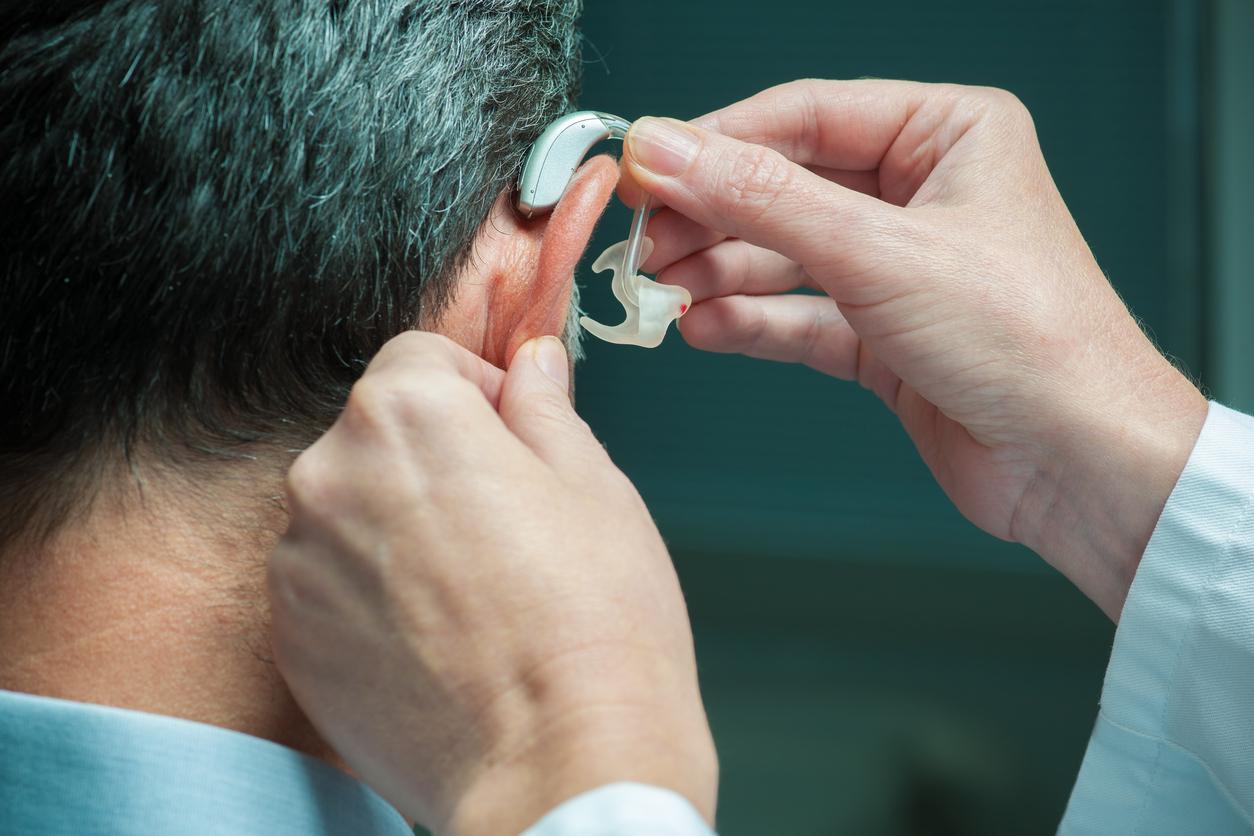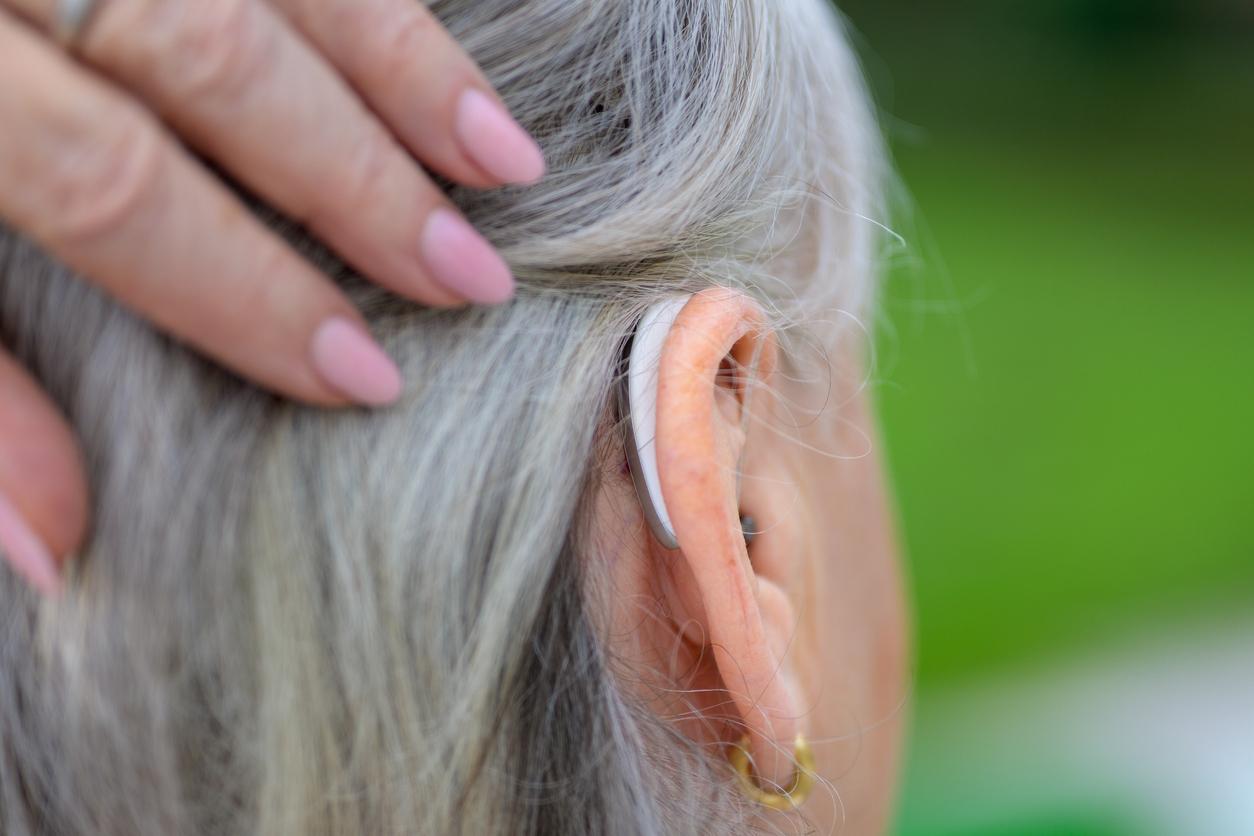According to an American study, hyperactivity could result from disorders of the inner ear. An unprecedented discovery which suggests the possibility of developing new treatments.

What if inner ear disorders could explain hyperactivity in children? In any case, this is the astonishing conclusion ofa study conducted by the Albert Einstein College of Medicine in New York. According to these American researchers, hyperactivity could result from serious inner ear disorders, affecting both hearing and balance. Unpublished results published this Friday in the online edition of the journal Science.
“ Our study shows for the first time that a sensory deficit, such as inner ear disorders, can induce specific molecular changes in the brain, which will lead to behavioral disturbances, the latter traditionally considered to be generated exclusively. at the cerebral level. »It is therefore a first as confided with this sentence the Pr Jean Hébert, main author of the study.
In this research, it all starts with the interest that a student of this research unit focuses on work on hyperactivity. Very intrigued by visibly hyperactive laboratory mice, the young researcher decides to study the behavior of these rodents more closely, it is then that he notices that these mice are in reality suffering from serious cochlear and vestibular deficits, with in more profound deafness.
A track that the researchers of the Institute decide to investigate immediately since they discover shortly after that the origin of these disorders would come from a mutation called “Slc12a2” present at the level of the inner ear and of the system. central nervous. “A gene that is also found in humans,” says the team.
Following this discovery, scientists then hypothesized that deficits in the inner ear lead to dysfunction of the striatum, a region of the brain that controls movement. A conclusive lead since these researchers subsequently found that the production of two proteins involved in the control of the neurotransmitters pERK and pCREB, were increased, and that only in the striatum!
To correct this disorder, the team then decided to administer a pERK inhibitor to these mice. As a result, “this action made it possible to restore normal locomotor activity,” says Professor Jean Hébert.
And this specialist concludes, “this latest result suggests that hyperactive children with inner ear disorders could be treated with pERK circuit inhibitors. »One more hope to cure this disorder which affect an estimated 5% of children.
.















